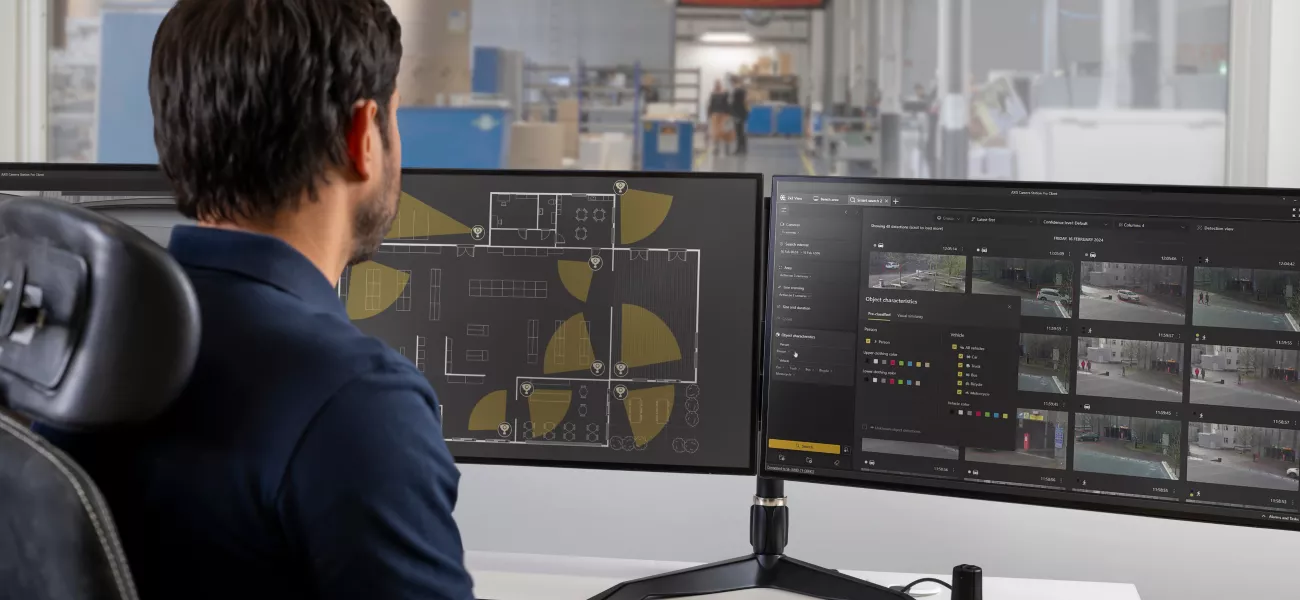
In a time when information is abundant, the challenge of sorting through and extracting meaningful insights from vast volumes of information has become an intricate and often laborious task. One area where this challenge has been particularly pronounced is in video surveillance and the analysis of recorded video. The convergence of artificial intelligence (AI) and human operators is reshaping this landscape, enhancing the effectiveness of video search, and revolutionizing the investigation process.
Traditional methods of searching through video footage have often been labor-intensive and time-consuming. Locating specific objects and events in a continuous video stream, especially when the exact time of occurrence is unknown, can seem like finding a needle in a haystack. This is where AI steps in as a game-changer. By leveraging advanced AI algorithms for detection and notifications, the efficiency of video analysis is dramatically elevated.
A noteworthy application of AI is its ability to search for certain activities and objects of interest in video footage even when the occurrence time is uncertain. Imagine investigating an incident in a crowded city square. The incident might have happened at any time during the day, making manual scanning impractical. This is where AI shines. By integrating AI-driven video analysis, the system can sift through vast amounts of footage, flagging potential events of interest and significantly reducing the time and effort required by human operators.
The true potential of AI in video analysis transcends the confines of just cameras. Modern surveillance systems integrate a plethora of sensors and devices beyond traditional cameras, such as radar and other specialized sensors. These devices provide valuable metadata that, when analyzed by AI algorithms, can provide a holistic and comprehensive view of an environment. Human operators, aided by AI, can tap into this broader spectrum of data sources to make informed decisions quickly and accurately.
The synergy between AI and human operators is most evident in the realm of investigations. By fusing the capabilities of both, security teams and other investigative bodies can enhance their effectiveness significantly. AI serves as a force multiplier, rapidly analyzing footage to flag relevant events and anomalies. Human operators then take the reins, applying contextual knowledge, applying their own filters and critical thinking to make sense of the information provided by AI and to make well-informed decisions. Previously, video systems might only record when motion was detected, to save on storage costs and pinpointing potential activity in the video, however this can result in limited footage that an AI model can search upon. In general, you will not know what you want to search for until you need to search for it. This approach misses events that might not trigger motion detection but are still significant. With AI-enabled search capabilities, the need to continuously record is acknowledged, leading to a larger dataset for analysis. While this approach increases storage costs, innovations around more efficient encoding from the camera and average bitrate optimization help mitigate the storage burden, allowing for continuous recording without excessive storage expenses.
In conclusion, the fusion of AI and human expertise in video analysis represents a monumental leap forward in the capabilities of surveillance and investigation. The power of AI to sift through vast amounts of data, recognize patterns, and provide real-time notifications is an invaluable asset to human operators. Moreover, the integration of metadata from various sensors and devices elevates the holistic understanding of situations.
With AI developments, the input from an operator can be reduced to a simple prompt where they can describe in natural language what they are looking for. In some cases, the output can then also be used to locate similar objects of appearance within the system to provide a detailed outcome of where the suspect was spotted throughout their facility. For example, an operator searches for an individual wearing a branded jacket, or even the text printed on the vehicle they are investigating. In this context of search-based investigations, it is crucial to ensure that the system moderates text to prevent the misuse of toxic language and to log all searches.
By moving from traditional motion-based events to AI-driven continuous recording, a more comprehensive amount of data is made available for analysis, significantly enhancing the accuracy of investigations.
As technology continues to evolve, we can only expect further advancements in AI capabilities, leading to even more sophisticated and effective video analysis systems beyond security and safety. By harnessing the prowess of AI and the cognitive abilities of human operators, we are on a trajectory towards a future where the extraction of meaningful insights from vast data streams becomes not just possible, but seamless and efficient.
